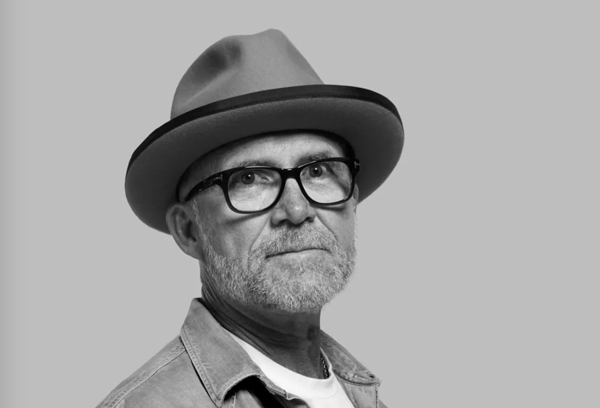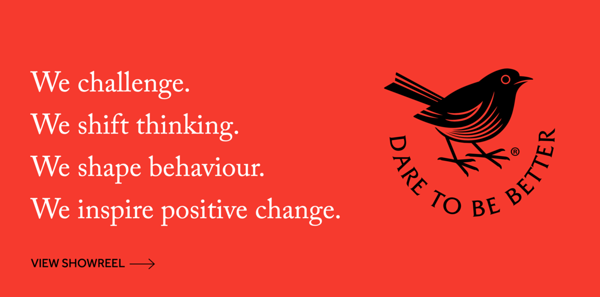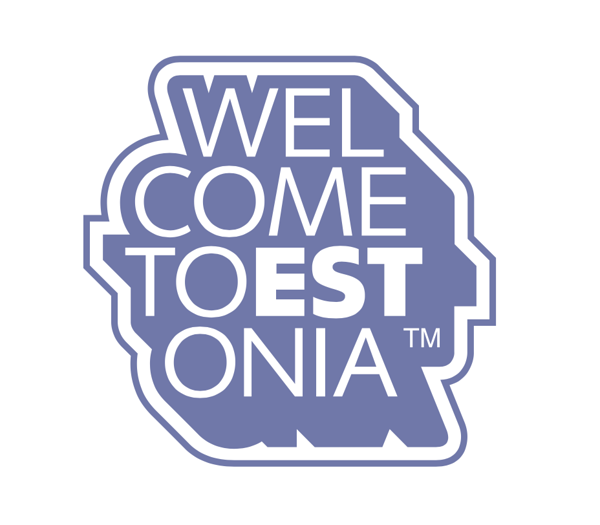Marksteen Adamson: Campaigning Should Not Be About Shouting at Each Other
June 17, Marksteen Adamson will run a workshop: ‘‘Stop Campaigning, Start Engaging!‘‘
Creating societal change is never easy and often people get lost in campaigning when they try to influence such change. Marksteen Adamson, Founding Partner, Chief Creative Officer and Director of Strategy of the award-winning, UK-based, creative consultancy ASHA & Co, believes he can show people how to get out of the campaigning rabbit hole and find ways to create genuine engagement for different audiences.
We spoke to Marksteen ahead of his workshop in Tallinn to get some insight on what's going to happen in his Workshop ‘‘Stop Campaigning, Start Engaging!‘‘ (June 17). NB! June 18 Marksteen will also speak at the European Design Festival Design Conference ‘‘Beyond Design‘‘.
What's your workshop about?
I'd like to focus on how to create social change projects that really have an impact and change behaviours. When we launch and run campaigns, it’s easy to become obsessed with our own truth, our own point of view on the issue, but in my experience, this is mostly unhelpful. Rather than trying to drive home our own opinions, we should seek to create the broadest and deepest engagement with that issue.
For me, this happens in five areas: government, education, NGOs, the public and media. This is what I call the Hand of Change.
We must create tools and narratives that give different audiences the broadest perspectives on the issue, a step-by-step process enabling them to see both sides. In this way they come to an understanding that "OK, it's actually not that hard, I can do it".
I'd like to draw a parallel with working with individuals in addiction. When you work with addicts, you might try to convince them to change as hard as you want, you can give them different rational arguments and when nothing changes you get upset. That's because the only person who can bring change is the addict. But we can facilitate environments and processes where addicts can come and start making different and potentially more positive decisions. The most effective of these is the NA (Narcotics Anonymous) and AA (Alcoholics Anonymous) 12 step process.
I believe the same applies for projects that want to create lasting social change. The world is so tired of people shouting at each other – which is kind of what campaigning is. Sometimes we get blindsided because we’re obsessed with our own convictions. But being right doesn't mean you win. The challenge is how to win.
So, basically you're hoping to create a mindset change in how to approach social campaigns?
Basically, yes. First, we're going to talk about the Hand of Change model. Then, we're going to pick a subject and start thinking in groups: How to approach this topic without just yelling out that I'm right and you all have to do is join my cause. Instead, we're going to try to create a non-judgemental environment, ideas of initial engagement, tuning in to where your audiences can become a part of the debate and create change.
First you need to focus on your purpose and what it is you want to change. There comes a point when you're confronted with the scale of the problem and the sense that you cannot solve all of it as an individual, but you can start narrowing the problem down. With the refugee crisis and the Stations Project, my focus was to save the 3,000 unaccompanied minors who were stuck in the Calais Jungle, waiting to get to the UK. How can I do that? What are the things I need to do? Who do I need to talk to?
You have to think about what is the main change you want to achieve? It's always the first part: figure out what is the change you want. When you know the focus, then you can go to work.
At the workshop, we'll choose a topic that speaks to the participants and the topic should preferably be something toxic and challenging, I'm deliberately pushing the audience towards that.
Is it because of your own past experience?
I've worked with many clients over the years, and when we've worked on repositioning brands, we've always added some kind of social endeavour to it, we've added something extra they should do. And they usually like the idea, think the idea is great, but in the end they never do it because they don't make money on it.
Because often these organisations didn't bite, I ended up deciding to do it myself to prove to them that it’s possible to take what I asked them to do and make it work. With Environmental, social, and governance (ESG) criteria becoming so influential in where investors are putting their money, I like to show them that the social change aspect we suggested is so important.
For example, at the workshop I'm going to talk about Project Peel which I invented because we have so many young people around us who have increasing mental problems inflicted by social media. I wanted to create something where young people could come and understand who they are, what they are, connect with themselves and build their self-identity. But I had to ease them into the process. If I had just said come in and do poetry, I think not so many would have joined. Instead, I told them “I'll teach you how to make the best photographs.”
When they joined, they had to partner up with someone else, conduct in-depth interviews in pairs, then start breaking the interview down. And before they knew it, they had created beautiful poems. Then, when they had really gotten to know their partner, they proceeded to shoot portraits. The results are sensational!
Who should come to your workshop?
People who want to see change in the world. In the future, the best brands will be those who are authentic; If you're not authentic, you'll die. But it's hard to be authentic, it takes a lot of energy.
This is not your first rodeo in Estonia, people might not know your name, but they all remember the ‘Welcome to Estonia’ logo and campaign. Why do you think it resonated so strongly with Estonians?
That was a really interesting project. When I was working on it, I realised that a lot of country brands are about a logo with a symbol: Jamaica with a parrot, for example. There's always a colour palette, instructions on how to do brochures etc. I didn't want to do that.
For me, this was a repositioning exercise – what do we need to say so that the world would understand that Estonia is not Russia, but instead it's Scandinavia with a twist? I was trying to really narrow it down and convince people that when Eurovision happens, we have five minutes to say up to five things. So, let's just invite people in to see for themselves what Estonia is, let's welcome them to Estonia. And we did.
TICKETING
Interview author: Liis Kängsepp, Estonian Design Centre


